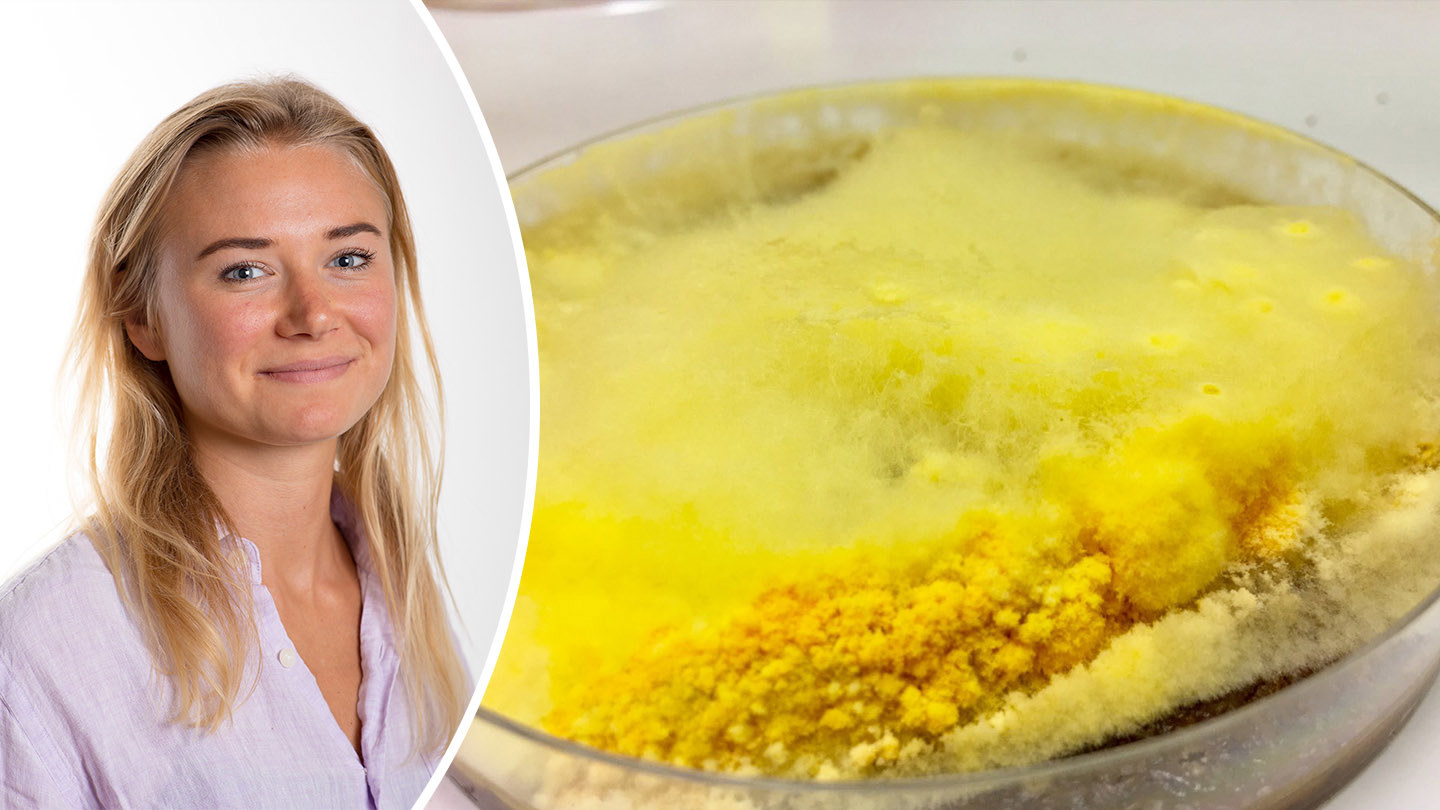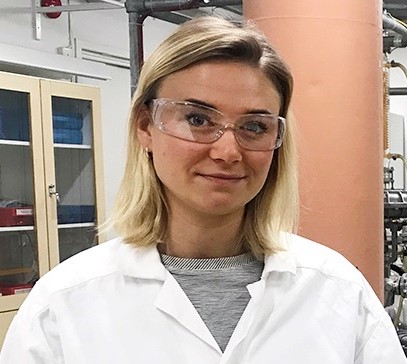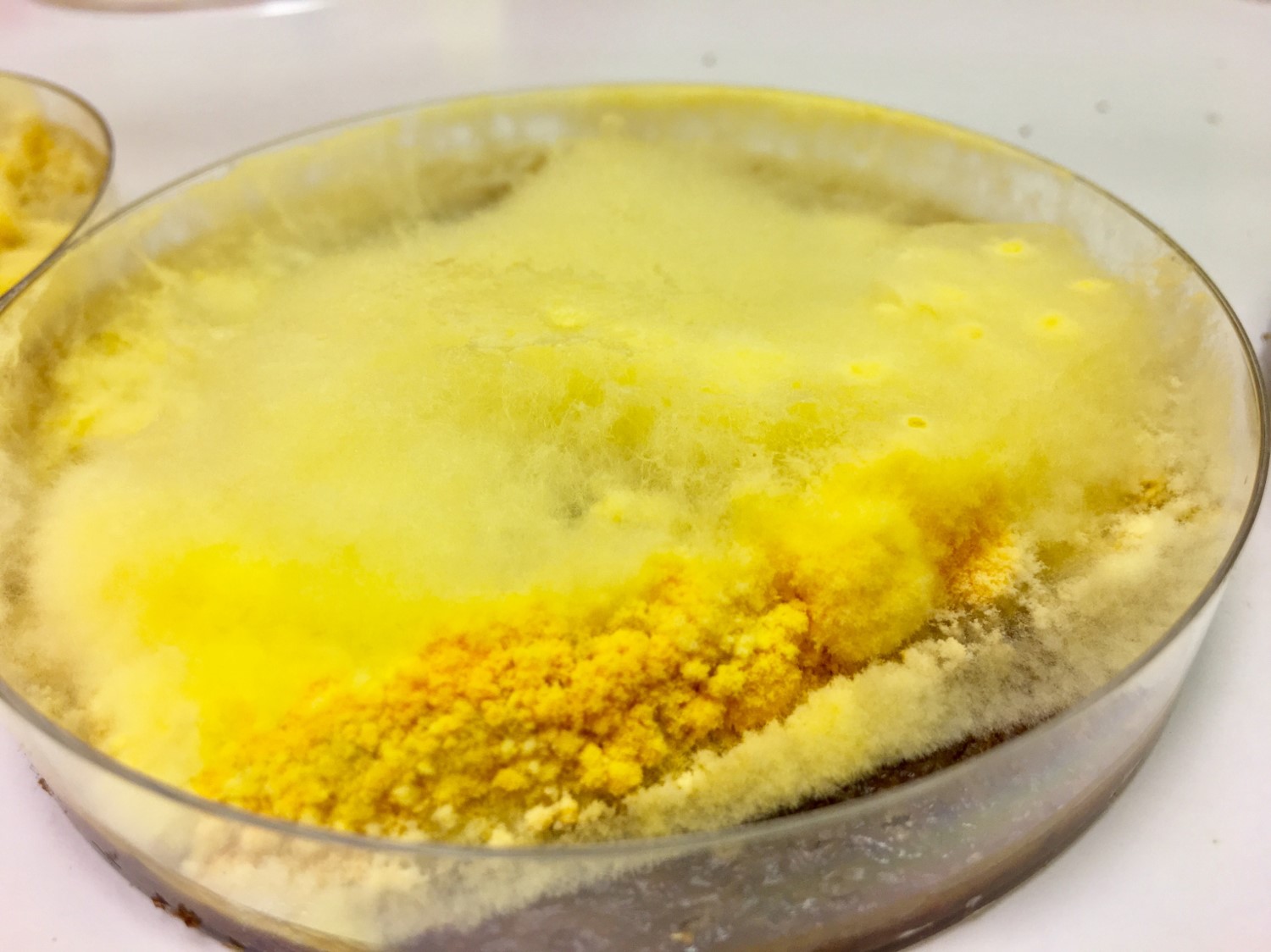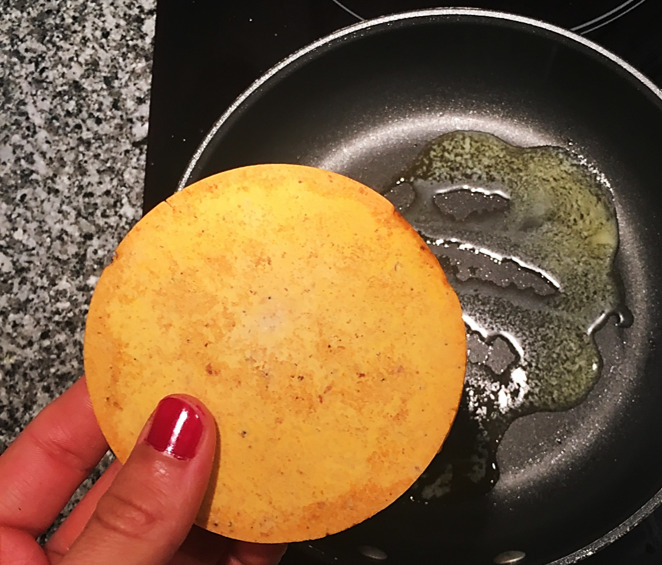From beer by-products to burger party – how is that possible?
2021-09-13

In the project, Rebecca Gmoser, who has received her doctorate in Resource Recovery, chose to work with the filamentous fungus Neurospora intermedia.

It all started with researching the fungus's pigment production in order to create natural and more environmentally friendly pigments to use in food and animal feed.
“The purpose was to get to know the factors that affect its pigment production. But over time, the project evolved further than I ever thought, to include nutritious and sustainable food options. It has been an exciting journey,” she said.
Environmental benefits in focus
Rebecca Gmoser has always been interested in environmental issues. She saw her doctoral studies as an opportunity to dive deep into how we can use nature's own processes and how we can scale them up and streamline them with the help of modern technology.
“With the help of fungi, we can create sustainable and natural products, such as more environmentally friendly pigments, which might otherwise have been made from fossil fuels. Modern technology makes it possible to scale up production and replace existing products with more sustainable alternatives.”
From the beginning, she has worked with residual material from ethanol production, but also from the beer industry and leftover bread from bakeries. The result is fungal biomass that contains natural pigments and is nutritious enough to be used in animal feed and food.
Experimental design
The project itself has largely meant that new methods have been tested and evaluated over and over again to find the optimal conditions for the fungus, mainly regarding pigment production.

“I did not know anything about the fungus before – under what conditions it produced pigment or how it grew best. There is a lot of work behind this. First, a lot of background research was done which is applied in the lab, and then evaluated and tested again depending on the results. It's all about gaining a better understanding of the fungus and the factors that affect pigment production.”
At the beginning of the project, liquid state fermentation of the fungus was done, which means that the base is mixed in a solution. Then a by-product from the ethanol industry was used as a culture medium.
“But it was not the most effective method and the fungus did not produce much pigment. Then we realised that we needed a solid residual product and I began to investigate the possibilities of growing the fungus on bread and brewery residual materials, through so-called solid state fungal fermentation,” she explained.
Unexpected potential: from pigment to a good food product
Solid state fermentation means that you do not ferment in liquid, but that you add the fungus to the residual product, in this case bread and brewery residual materials, without first mixing it in a solution. It was then that she discovered new potential in the fermented product.

“The result was better pigment production. At the same time, I discovered that the product looked like a hamburger alternative and it tasted good and smelled good. Then I went on to investigate the nutritional composition: can this be a good food option?”
The results were promising and she went on to try to implement the fermentation method in bakeries. The idea was that they themselves could manufacture and sell a completely new product based on leftover bread from their own bakery.
“The process was also so simple that it was possible for bakeries, for example, to produce and sell a completely new product. It was an exciting discovery, and it makes it easier to scale up production. These are results that are important both for the business community and for further research on solid state fermentation,” she said.
Bright future for both the research and the product
With the promising results that the doctoral research has generated, Rebecca Gmoser hopes that more people will see the value in residual materials and waste products. She also hopes that more people will be interested in making fungus-based foods.
“In general, this is a very good example of how to make good use of more residual materials and waste products. We can shift focus from seeing it as waste or rubbish and instead see it as a valuable asset.”
And there is much left to discover.
“It would be interesting to continue working with the nutrient content and the properties of the pigments. The consumer question is also interesting: how are these products received in the market? There is also great potential in continuing to test how we can use different residual products, as different bases give slightly different properties and taste to the end product. Of course, there are many more residual products to try to refine using this method; this is just the beginning,” she concluded.
This doctoral project has been carried out in connection with the research project Ways2Taste at the Swedish Centre for Resource Recovery. The Swedish Centre for Resource Recovery conducts world-leading research, education, and innovation in order to significantly reduce global fossil fuel consumption and move us closer to a more sustainable society.
Read more
Rebecca Gmoser defended her doctoral thesis on 10 September in the research area Resource Recovery.
Principal supervisor: Mohammad Taherzadeh
Assistant supervisor: Patrik Lennartsson
Emilia Vermelin
Portrait photos: Suss Wilén/Anna Kjellsson, Fungi photos: Rebecca Gmoser

